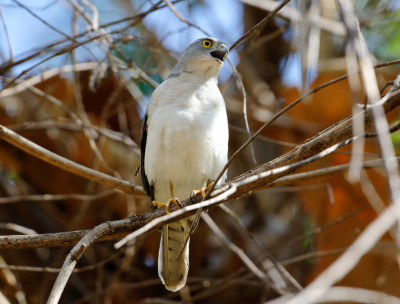
Matthew Danihel
New Analysis Supports Snowy Owl as Vulnerable
The Snowy Owl is a top predator in the Arctic, breeding in the Arctic tundra and remaining in far northern latitudes throughout the winter. In 2017, the International Union for the Conservation of Nature (IUCN) uplisted the Snowy Owl from Least Concern to Vulnerable, but because of its wide-spanning, remote range, it is difficult to collect comprehensive data on the species.
Biologists at Hawk Mountain Sanctuary, the International Snowy Owl Working Group, and The Peregrine Fund recently collaborated to publish a scientific paper of population trend estimates for Snowy Owls. The method accounts for gaps in population data and the unique distribution of the species. The results, published in Bird Conservation International, show that Snowy Owl populations have decreased by more than 30% in the past three generations, supporting the IUCN Red List Categorization of Vulnerable (i.e., at high risk of extinction).
The researchers continue by highlighting the major threats to the species: climate change, decrease in prey availability, and contaminants. They encourage further data collection on northern breeding grounds and long-term monitoring programs to document population trends. Noting the single, wide-spanning population of Snowy Owls, they also stress the importance of addressing conservation globally through international collaboration.







